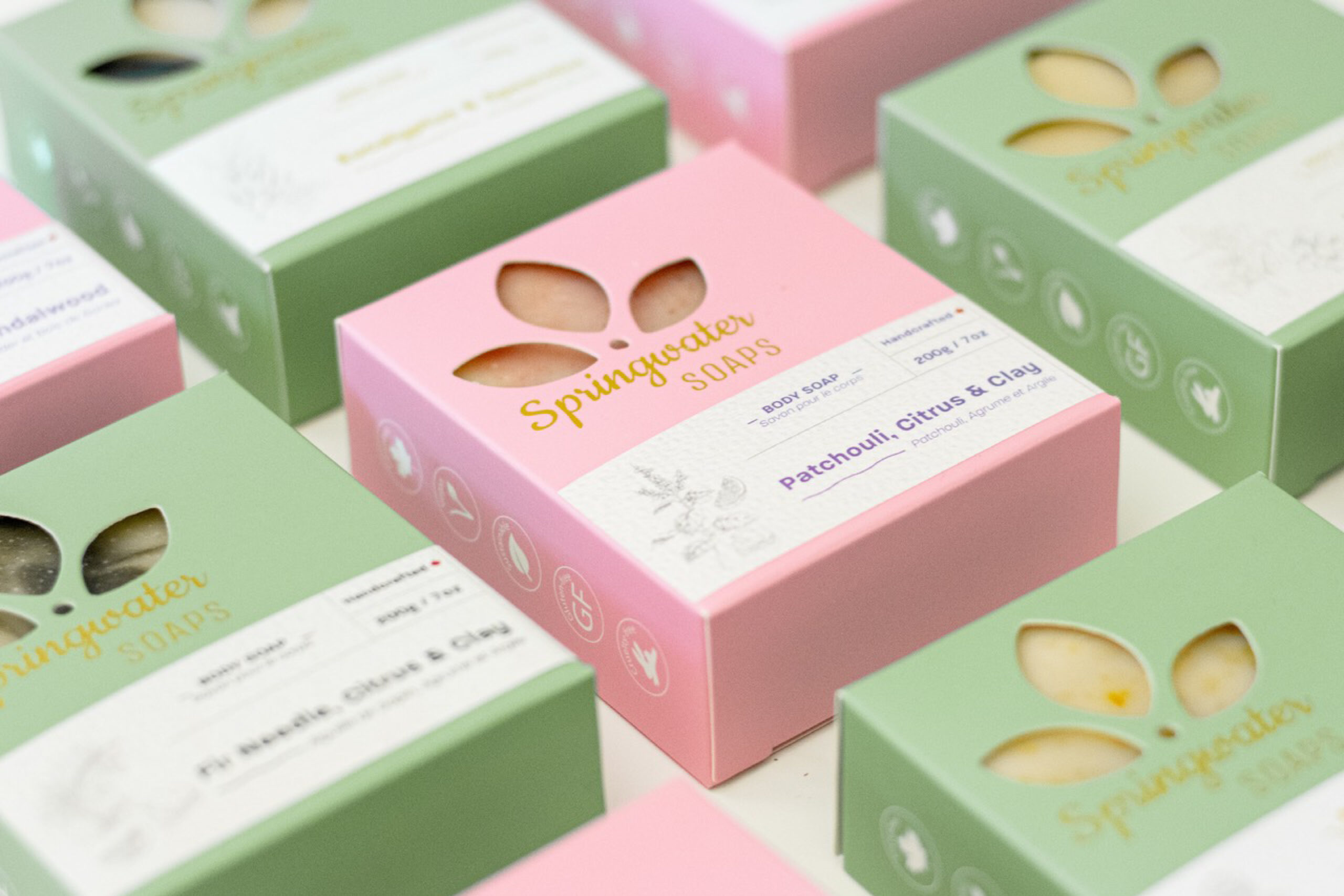Christmas wrappings are wonderful, but unfortunately, they’re also wasteful. It’s estimated that we throw away more than 83km2 of wrapping paper each year. That’s enough to cover the entire island of Guernsey.
McDonalds produces approximately three tonnes of packaging waste every minute*. That’s why the international fast-food giant is working hard to minimise its environmental impact. Since 2021, nearly 83% of primary packaging materials, and almost 87% of primary fibre packaging comes from recycled or certified sources. McDonalds is aiming for 100% certified, recycled or renewable materials by the end of 2025.
Actually, switching to paper packaging products is easy. Simply using a paper bag or a cardboard box for your products is all it takes to make a sustainable choice. Using paper mailing bags and carrier bags, rather than plastic or polythene, is cost- and climate-friendly. And customers will like it too.
Want to learn more about the benefits of paper packaging? Here are ten fascinating facts that you may not have known:
